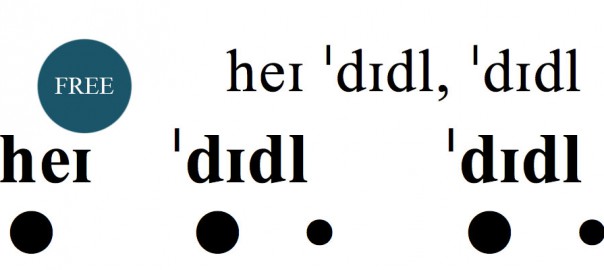A Comparison of the Helen Lowe-Porter and David Luke Translations of Thomas Mann’s Tonio Kröger, Tristan and Der Tod in Venedig within the Context of Contemporary Translation Theory
Thomas Mann is one of the greatest German writers of the twentieth century, if not the greatest. There are probably more readers of the English translations world wide than of the original German versions, yet the most wide-spread translations are deeply flawed and these were written by Helen Lowe-Porter. This is a scandal in translation. Not only are there distortions and misunderstandings of the main themes sometimes caused by
deliberate omission of key sentences but also elementary howlers at the most basic level. These are not few and far between because every page of the short stories is riddled with errors. In the appendix to my dissertation,
I have classified 176 gross errors and so the reader can check this for himself. A knowledge of German is not necessary to recognise the errors as I have placed them next to David Luke’s generally reliable and accurate translations. Eminent academics such as David Luke and Michael Buck have pointed out these gross and frequent errors, yet her versions are still defended today by respected translation theoreticians and her bowdlerised translations still continue to be published without any radical alterations. This is an even greater scandal in translation. The debate between Buck and Luke with Professor Venuti is covered in the first chapter of my dissertation. The exchanges between the protagonists are extremely heated and make entertaining reading despite the seriousness of the subject.
However, Thomas Mann is a very difficult author to do justice to in translation and so that is why I have presented seven versions of two extracts for comparison. I have included two of my own versions, one very close to the source and one, which is easier to read and digest but which communicates the essential points. I, however, do not claim to be the ideal translator of Thomas Mann. That is why, when my thesis was published as a book, the publishers ignored my suggested title ‘A Scandal in Translation’and changed it to the embarrassing title ‘How to translate Thomas Mann.’
It is something of a sad, though necessary task to highlight all the Lowe-Porter deficiencies and so, I broadened the dissertation to deal with all the problems of translation contained in Mann’s oeuvre – translation of poetry, humour, philosophy and dialect for which different strategies are needed. What most people and particularly school and university teachers understand as translation is the strategy I have classified as ‘academic translation’. The ideal academic translation should communicate every aspect of the source text including nuances and transpose them into the TL (Target Language i.e., in this case, English) so that the translation reads like an original text in TL. This is fine for most everyday texts, but fails when confronted by a literary text or humour. This is also the mistake made in all the published translations of Thomas Mann’s oeuvre. For this reason, new strategies have to be developed and this is the essence of the dissertation, which points out the limitations of the most common approach to translation in the twentieth century – equivalence theory.
Most translators are dictionary bound and most theoreticians are dazzled by the notion of equivalence. Any experienced translator knows that there often aren’t any equivalents in the foreign language (TL) and so a broader definition of translation is needed. Texts differ greatly in their intention and use – a legal contract, a poem, a comedy script, a religious ceremony, a joke – to name but a few. Here, Ludwig Wittgenstein’s concept
of language games is very useful. The translator should be playing the same game as the source text. Thus if you are translating a comedy script, the translation should aim at being equally amusing as the original. This means that there must be greater lexical freedom. As a pun is often by definition untranslatable as it will be based on a unique similarity in the source language, the translator must invent another pun on similar lines. At this point, the reader might object, ‘But is this translation?’ The answer is in the affirmative if the transcreation is successful as was the case with Gotter’s contemporary translations of British Restoration comedies. People often forget that these principles apply to the Bible. The highly poetic versions of the translations of the twenty-third psalm whether it be Martin Luther’s version or that of the King James’s Bible are both referred to as translations even though they are actually transcreations. I prefer to keep to the simple word ‘translation’ as long as the translation process is seen in a wider context.






